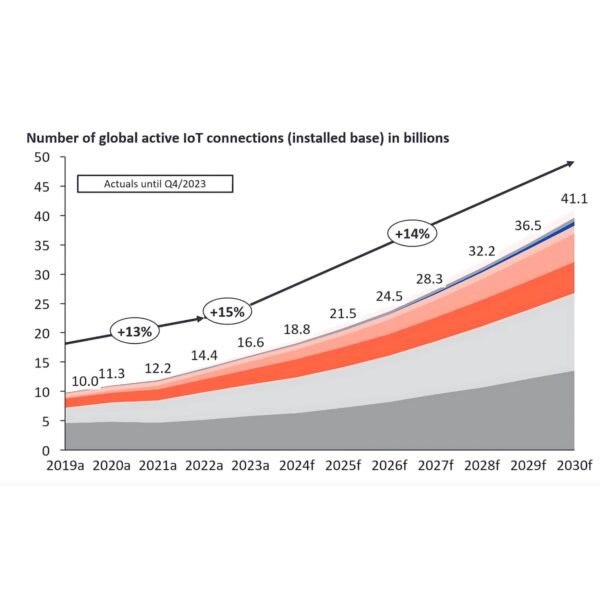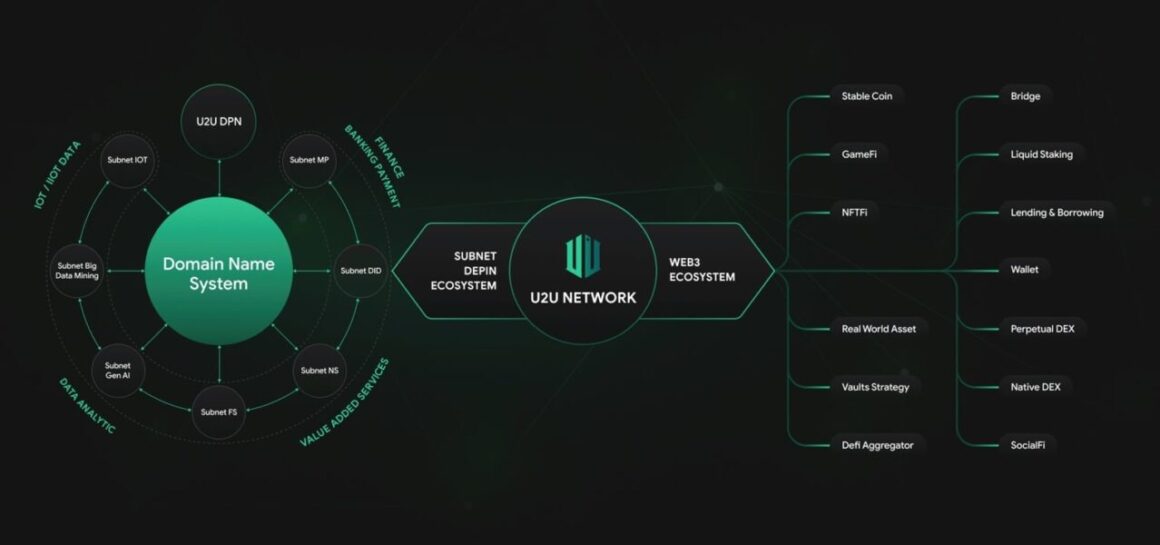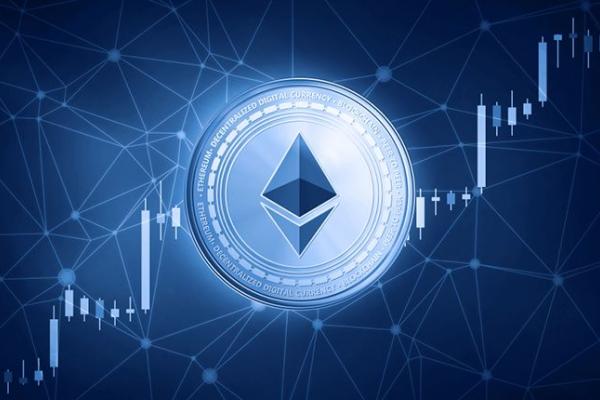Decentralized physical infrastructure networks (DePIN) are reshaping how physical resources are managed. DePIN decentralizes control over physical infrastructures by allowing individual contribution, thus enables the building of more efficient infrastructure solutions across various industries while relying less on centralized entities.
The trend is especially relevant for the rapidly expanding Internet of Things (IoT) ecosystem, which connects physical devices via the internet in fields such as telecommunications, artificial intelligence and smart cities. The number of connected IoT devices is expected to reach 18.8 billion by the end of 2024, highlighting the need for advanced decentralized infrastructures.

As IoT systems generate vast amounts of data that need to be processed, stored and transmitted in real time, centralized infrastructures often struggle with this load, which may lead to bottlenecks and inefficiencies in the system. Decentralized infrastructures distribute the tasks and allow for smoother operations and greater resilience.
Blockchain’s biggest challenge
By building DePIN, many industries can improve resource management and reduce dependency on centralized systems. Telecommunications, for instance, and any business that involves data-sharing may boost efficiency and provide greater resilience against potential failures with DePIN.
However, unlocking full potential of DePIN hinges on the presence of a secure and scalable blockchain network. Without a robust blockchain, DePIN’s ability to offer an efficient and viable infrastructure would be limited. A well-designed blockchain is essential in managing decentralized infrastructures.
This is where the blockchain trilemma sets the barrier. The trilemma refers to the difficulty blockchain networks face in balancing scalability, decentralization and security. Most blockchains are forced to overlook, or even compromise one of these to strengthen the other two, which may present a serious challenge in terms of infrastructure demands of IoT and DePIN.
To support DePIN projects, blockchain networks must be designed with security and scalability in mind. U2U Network, a modular layer-1 blockchain addresses these issues by offering a highly secure and scalable foundation specifically suited for decentralized physical infrastructures.
Building a scalable DePIN environment
U2U Network’s architecture offers the flexibility and efficiency needed to manage large-scale decentralized systems, supporting a wide range of use cases. With a focus on scalability and security, U2U Network empowers DePIN projects to operate free from limitations present in traditional blockchain systems.

To achieve this, U2U Network combines directed acyclic graph (DAG) technology with Ethereum Virtual Machine (EVM) compatibility. This unique blend allows for high throughput of up to 17,000 transactions per second (TPS) and a finality time of approximately 350 milliseconds, making U2U well-suited for industries where real-time performance is crucial.
Resilient networks for decentralized applications
The decentralized infrastructure of U2U Network is powered by DePIN Subnet nodes, which are managed by individuals and organizations worldwide. These nodes provide the necessary bandwidth, computational power, and validation required to support decentralized services. In return for sharing their resources, node operators are rewarded with U2U tokens, the network’s native cryptocurrency.

Nodes play a critical role in maintaining seamless communication across the network. Each node acts as a connection point, routing data efficiently to help devices and systems within the decentralized infrastructure stay synchronized. This approach reduces the bottlenecks and delays often seen in centralized systems, contributing to smoother service operations.
Apart from enabling communication, the nodes are also responsible for maintaining transaction integrity. They validate and process all transactions across the network, enabling real-time accuracy and preventing fraudulent activity.
U2U’s nodes go beyond mere transaction validation. They also play a key role in maintaining the network’s resilience by replicating data across multiple points within the system. If a node goes offline, others continue operating, thus preserving data integrity and preventing service interruptions.
Many reasons to run a node
In addition to playing a critical technical role within the ecosystem, nodes on U2U Network receive incentives for participating and operating. With 40,000 nodes available through a tiered pricing system, individuals and organizations can select a configuration that fits their budget and operational needs.
The network has allocated a pool of 1 billion U2U tokens as rewards for node operators. With nearly 40 DePIN projects spanning various sectors, there is a continuous demand for node resources, creating diverse and sustainable revenue streams for participants.
U2U Network has also partnered with CV Pad, Mintair, Nodeops, Easeflow, Rapidnode, Maxx Capital, Daren, ML KOL Club and around 50 KOL nodes in different markets such as Mythos, Little Xuan and Ilme aalim, amplifying the campaign’s reach and making node ownership more accessible worldwide. These partnerships not only expand the network’s impact but also help solidify the U2U Network as a leader in decentralized infrastructure innovation.
The U2U Network envisions transforming decentralized infrastructures by empowering participants to become integral providers and consumers of digital resources, fostering a more inclusive digital ecosystem. As DePIN grows, many industries may come to benefit from decentralized infrastructure management, unlocking more efficiency with reduced reliance on central systems while driving more scalable and adaptable innovations.



